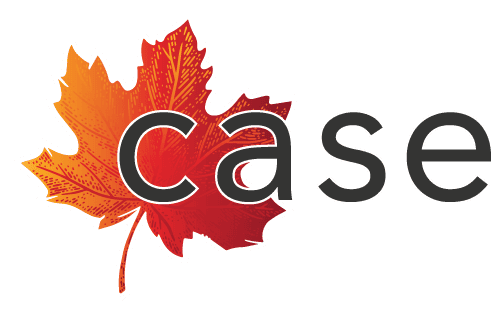Meet Neurodiverse Workers Where They’re At
Meet Neurodiverse Workers Where They’re At
By Chantelle Painter, Consultant and Business and Relationship Development Professional
In an interview with Jessica Chevrier, a mother of two children who experience neurodiversity, we explore how present and future workplace environments could be more welcoming to neurodiverse workers. Small changes can ensure that workplaces fully support the success of a largely untapped workforce whose contributions and unique skills can contribute to the future of sustainable employment models.
As a mother, Jesssica wishes the best for her children and she is a strong advocate who is committed to her children’s journeys. With her oldest in high school, they have been exploring what the future holds for post-secondary education and for work.
Jessica acknowledges that her children’s experience of neurodiversity has sometimes created barriers in the education system and in other areas. Custom supports have been essential in her children’s success
. Jessica asserts that easy and effective ways that have supported her children can also be adopted by employers to ensure the success of, not only neurodiverse job seekers as they enter the workforce, but also organizational teams as a whole.
It all begins with meeting people where they’re at.
Organizations often focus on where to meet their clients or customers to ensure they are meeting clients’ needs and maximizing outcome metrics. In the same way, organizations can meet their teams or potential team members where they’re at.
A focus on offering workers what they need to succeed can be reflected right from recruitment, through the onboarding process, and on into career advancement. By meeting with teams, listening to their needs, and actioning those needs effectively, productivity and morale increase, leading to improved service outcomes.

Meet with teams. Listen to their needs.
Action those needs.
Assistive technology can leverage workers’ skill sets.
Adapting to new assistive technologies can leverage the skill sets of individuals who require support. For example, Jessica mentioned that speech to text software and emerging AI (artificial intelligence) can be used to help express knowledge, to create structured reports, and for data management.
Technology can support individual performance and improve organizational performance.
Flexibility and agility are key.

When we adapt processes and policies – and expectations – to match the core needs of the organization and the support needed by team members, we increase sustainability. The process of identifying core needs for service delivery and internal operations naturally allows for the organizational reflection needed to improve team member support.
Oftentimes, changes also support your customer base. The small changes made will pay dividends in the performance and service levels provided.
Value individuality and each worker’s contributions.
Adjust practices, policies, and internal supports to value and honour each worker’s individuality and contributions, which will improve your workplace culture. Simple measures can have a large impact on your teams’ sense of belonging and your business outcomes.
Jessica expressed a simple wish for her children as they transition into the workforce: to be supported to succeed in a way that allows them to find meaning and purpose within an organization.

